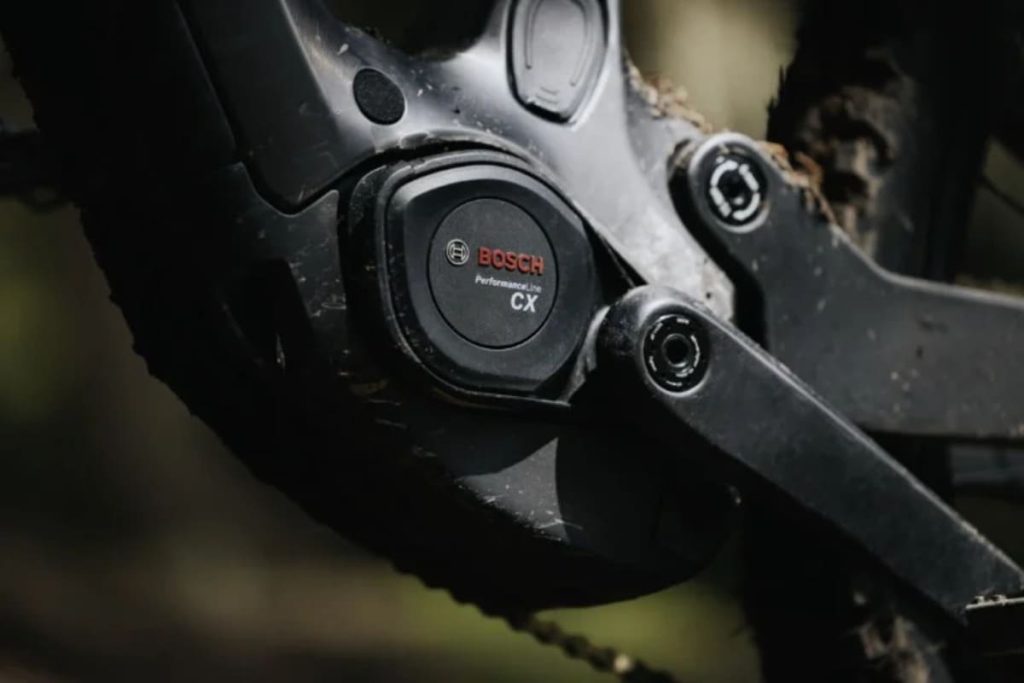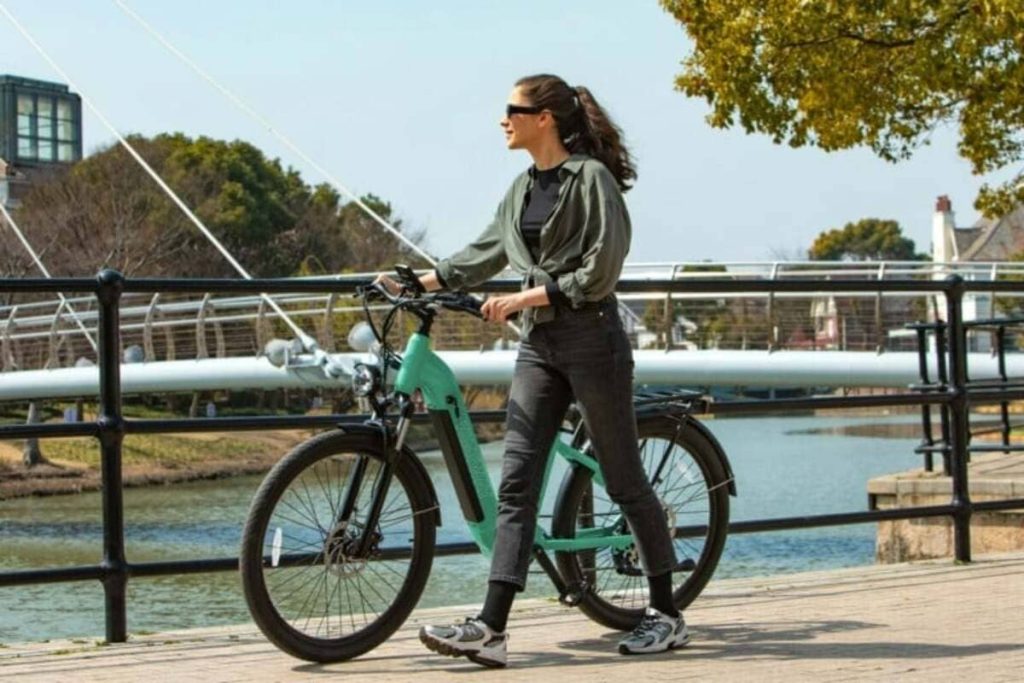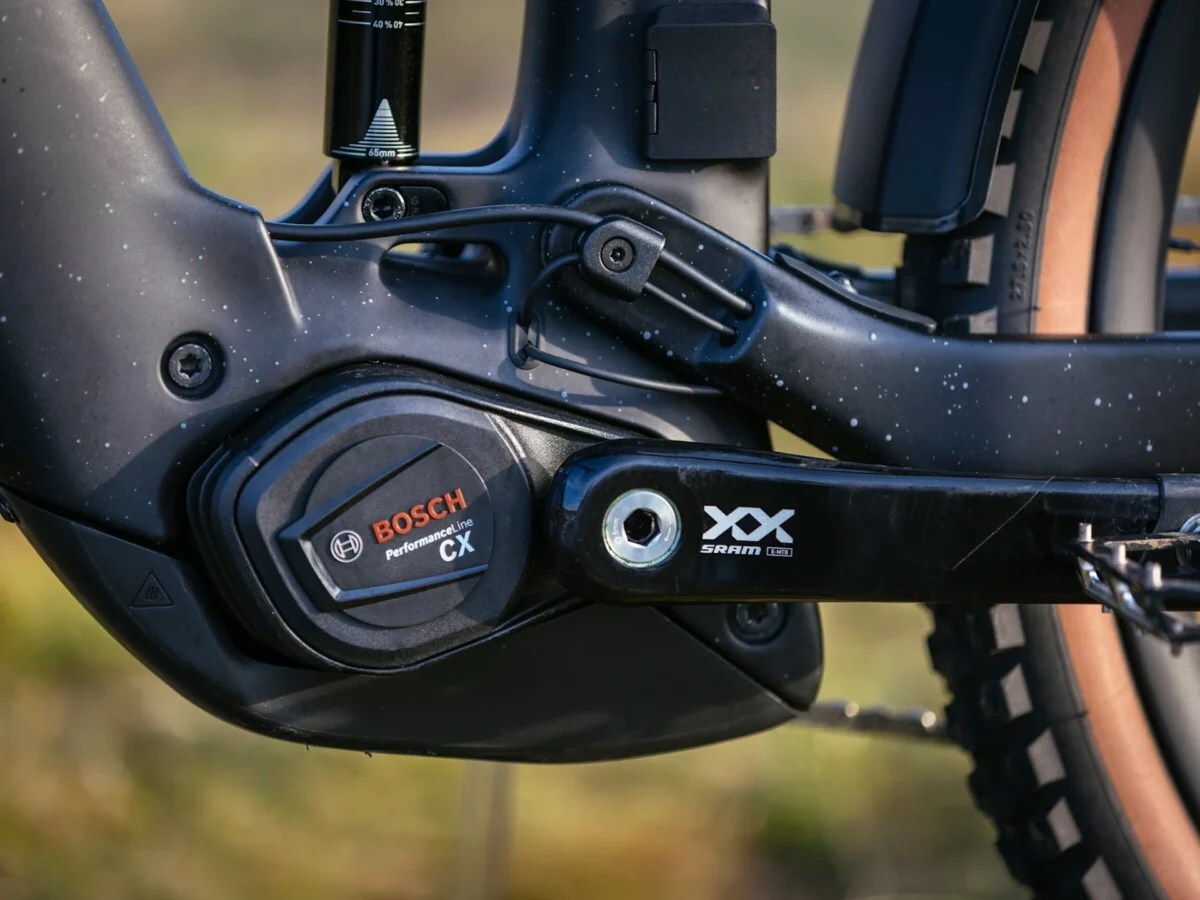A proposal that could redraw e-bike power limits
A fresh proposal from Germany’s industry association ZIV is stirring the e-bike world. It calls for a new 1:4 assist ratio and a cap of 750 W on maximum assisted power. In simple terms, if a rider outputs 100 W, the motor could add no more than 400 W.
Today’s European rules for EPACs define 250 W nominal power and assistance up to 25 km/h, but peak outputs often exceed that in short bursts. ZIV argues the new formula would keep e-bikes closer to the spirit of traditional cycling. Critics counter that it could blunt performance where it matters most.
Key elements under discussion:
- A fixed 1:4 motor-to-rider assist ceiling
- A 750 W cap on assisted power delivery
- Framing the changes as keeping e-bikes “bicycle-like”
- Potential exceptions or carve-outs still unclear
Cargo bikes, steep terrain, and riders with limited mobility could be most affected. The debate is no longer just technical; it’s about what an e-bike should be allowed to do.
Why Bosch is in the crosshairs
At the center of the storm is Bosch, Europe’s most prominent e-bike drive supplier. Several industry voices allege the company is exerting outsized influence on ZIV to safeguard its market position. Bosch’s mainstream systems do not exceed the proposed 750 W peak envelope, a fact critics see as more than coincidence.
Annick Roetynck of LEVA-EU is among the most vocal detractors. “This is pure protectionism,” she argues, warning that a stricter formula risks freezing innovation and sidelining more powerful systems needed for urban logistics and inclusive mobility.
Who stands to win or lose
Proponents of the ratio say it could stabilize the market and curb an arms race in torque and peak wattage. They believe limits encourage efficiency, rider input, and safety across mixed traffic.
Opponents counter that performance ceilings can harm real-world use cases. Cargo bikes, hillier regions, and adaptive e-bikes often rely on generous assist to get riders and loads moving safely.

For riders with disabilities, a rigid 1:4 cap could be decisive. If a rider can produce less input power due to physical constraints, the assist ceiling might drop below what’s needed to start, climb, or maintain balance under load.
Manufacturers outside Bosch’s orbit see a risk of entrenching incumbents. If the ceiling aligns with the product specs of market leaders, new entrants focused on high-assist applications may be boxed out.
Accusations, incentives, and the market reality
Industry veteran Hannes Neupert has accused Bosch of trying to defend its turf by shaping rules that favor its portfolio. He frames the proposal as a way to contain rivals behind the façade of safety and “bicycle purity.”
The charge is serious because standards can steer innovation for years. If future e-bike categories are tightly bound to assist ratios, engineering priorities may shift from peak performance to clever ways of staying within formula without degrading the ride.
Bosch and ZIV push back
ZIV says the position reflects a consultation across its roughly 140 members, not a single brand’s wish list. Bosch acknowledges contributing to working groups but points back to ZIV for the official rationale and scope.
In other words, the association insists this is a sector-wide compromise. Critics remain unconvinced, arguing the outcomes map too neatly onto Bosch’s current limits and product cadence.

The EU angle and what comes next
This technical fight is poised to turn political. The European Union is already weighing updates to rules for light electric vehicles, and any new assist formula could ripple through national laws, insurance, and product certification.
Expect lobbying from cargo, adaptive, and commercial fleet segments. They’ll push for exemptions or category-specific ceilings to ensure workhorse bikes don’t lose viability in cities.
The stakes are higher than spec sheets. E-bikes are central to urban transport, last-mile delivery, and broader accessibility goals. A blunt cap might reduce speeds on paper while unintentionally increasing rider effort, strain on drivetrains, or the number of trips needed.
What would a balanced outcome look like? Likely a framework that preserves safety and bicycle identity while leaving room for high-assist niches. That could mean variable ratios by use case, or clearer pathways for cargo and adaptive bikes to operate within ordinary cycling infrastructure.
Until then, allegations of behind-the-scenes maneuvering will persist. When standards set the playing field, the question is not just how fast a motor can help—but who gets to decide how far the industry can go.
